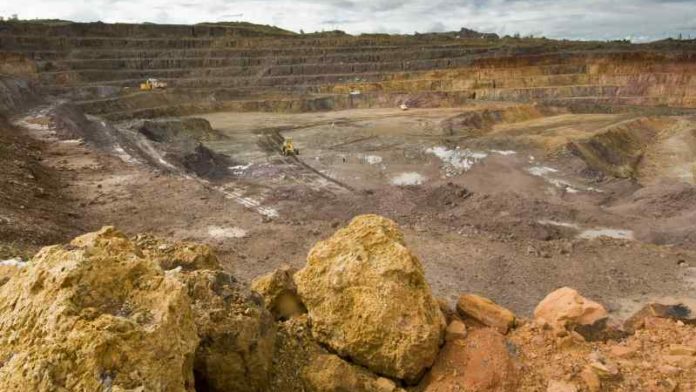
GLENCORE posted solid third quarter numbers today in which copper production of 1.06 million tonnes was 12% higher than at the same period last year owing to the restart of Katanga’s processing operations in the Democratic Republic of Congo.
Cobalt output jumped 8,700 tonnes to 28,500 tonnes.
Goldman Sachs described the quarterly performance as neutral. “Production was broadly inline with our estimates at the big operations – copper / zinc and coal. Guidance across all divisions was reiterated / tightened apart from oil where it was cut on account of the Mangara field in Chad being offline for a month,” it said.
Coal production of 96.7 million tonnes (Mt) was 5.7Mt or 6% higher than the comparable 2017 period which Glencore said reflected the acquisition of interests in the HVO and Hail Creek mines in Australia in May and August 2018 respectively, and the recovery in Australia from weather-related disruption and industrial action in 2017.
These factors were partly offset by reduced production at Prodeco as additional overburden removal is carried out to optimise production and costs going forward, it said.
Anglo American on Tuesday said its copper production rose 17%, helped by an overall increase in productivity as each employee has been 5% more productive this year than in 2017. Other major miners reporting this month – BHP Billiton Plc and Rio Tinto Plc – have signaled lower output in copper, needed for an anticipated increase in electric vehicle manufacturing, said Reuters.
The production numbers add a somewhat more pedestrian slant on recent Glencore news flow which has been about exogenous factors including speculation regarding when the group’s CEO, Ivan Glasenberg, will retire and an inquiry by the US Department of Justice.
Regarding the latter, Reuters reported on October 24 that the department wants more information on intermediary companies the Swiss-based mining and marketing firm worked with suggesting the inquiry is less to do with Glencore directly.










